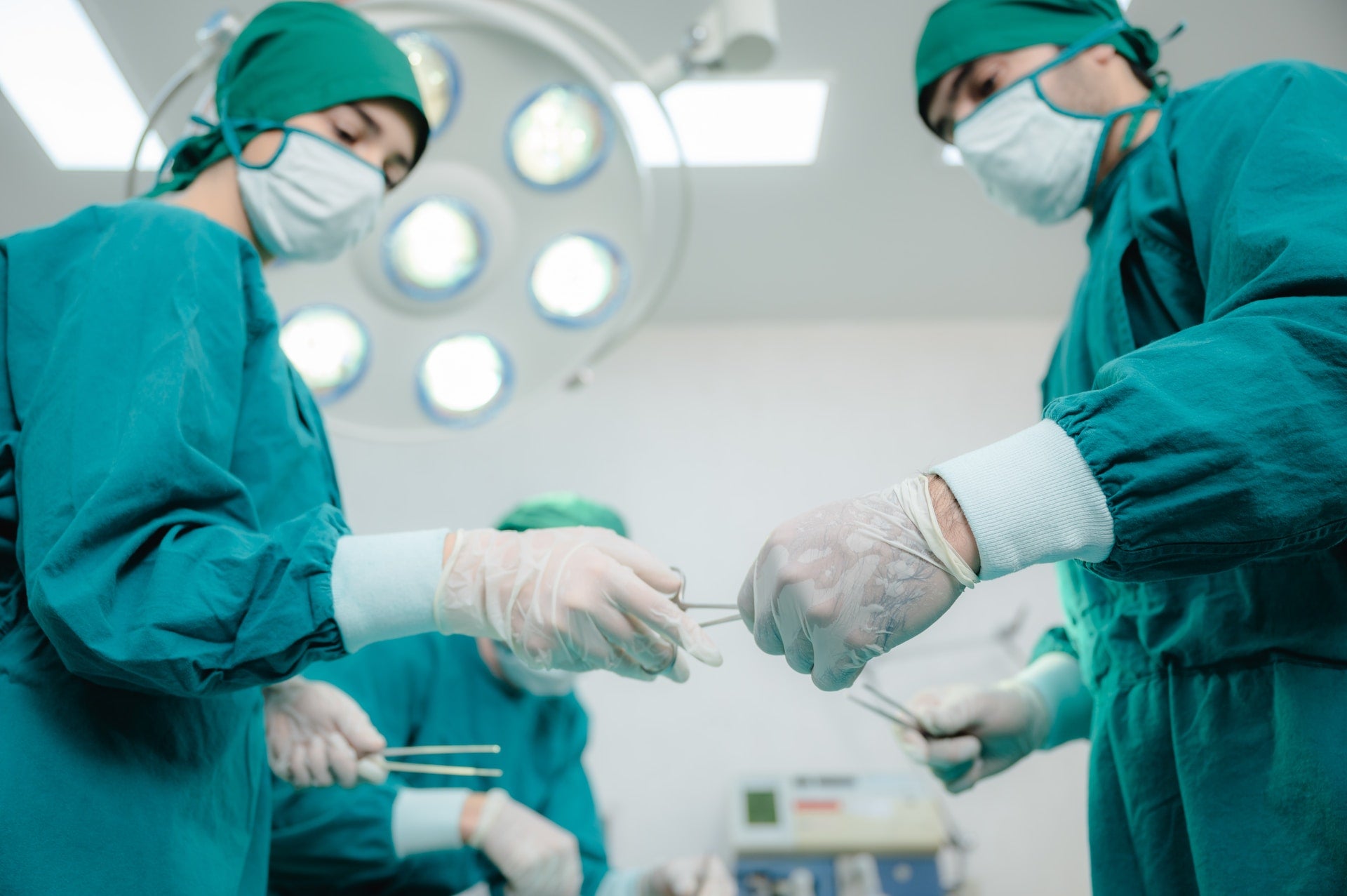

· By Trevor Horne
Ultrasound-Guided Regional Anesthesia: Advantages and Applications
The advancements in ultrasound technology have revolutionized various medical fields, including anaesthesia. Ultrasound-guided regional anaesthesia (UGRA) has emerged as a preferred method for pain management and procedural sedation in surgical centres. It involves using ultrasound imaging to visualize nerve structures, blood vessels, and surrounding tissues, enabling real-time guidance for the precise placement of local anesthetic agents. This innovative technique has transformed the way anaesthesia is administered in surgical centres, improving patient safety, satisfaction, and overall surgical outcomes.
In this article, we will delve into the benefits of integrating ultrasound-guided regional anaesthesia into surgical centres, highlighting its advantages and practical applications. We aim to provide a comprehensive understanding of how UGRA can enhance patient care, facilitate pain management, and contribute to a more efficient, accurate, and safe anaesthesia experience.
By shedding light on the benefits and practical applications of ultrasound-guided regional anaesthesia in surgical centres, we hope to inspire medical professionals to consider integrating this advanced technique into their anaesthesia practice. Experience improved patient care, enhanced surgical outcomes, and greater efficiency by embracing ultrasound-guided regional anaesthesia in your surgical centre.
Equip your surgical centre with state-of-the-art ultrasound machines to provide unparalleled anaesthesia services and optimize patient care. Browse our selection of high-quality ultrasound equipment today.
Advantages of UGRA: Elevating the Anesthesia Experience
Ultrasound-guided regional anaesthesia presents numerous advantages over traditional methods, such as nerve stimulation and landmark-based techniques:
- Improved Accuracy: Ultrasound imaging offers real-time visualization of nerve structures, blood vessels, and surrounding tissues. This enables precise placement of the local anaesthetic, ensuring effective nerve blockade and optimal pain relief.
- Reduced Complications: UGRA significantly lowers the risk of complications such as nerve injury or intravascular injection, as the anesthesiologist can continuously monitor the needle position and avoid damaging vital structures.
- Rapid Onset of Anesthesia: The accurate and targeted application of local anaesthetic agents leads to a faster onset of anaesthesia and pain relief for the patient.
- Decreased Anesthetic Requirements: With the precise localization of anaesthetic agents, the total amount of anaesthetic required is generally reduced, potentially decreasing the risk of systemic toxicity.
- Enhanced Patient Satisfaction: The efficacy and safety of UGRA contribute to reduced postoperative pain, minimized side effects, and expedited recovery, ultimately leading to increased patient satisfaction.
Clinical Applications: Expanding the Scope of UGRA in Surgery
Ultrasound-guided regional anaesthesia has been extensively adopted across various surgical specialities, proving to be highly beneficial in numerous clinical applications:
- Orthopedic Surgery: UGRA is increasingly utilized in orthopaedic procedures such as joint replacements, fracture repairs, and arthroscopic interventions. Techniques like femoral nerve blocks, sciatic nerve blocks, and interscalene blocks significantly improve perioperative pain management and facilitate early mobilization.
- Plastic Surgery: Plastic and reconstructive surgeries benefit from advanced UGRA techniques like tumescent anaesthesia, which combines low-concentration local anaesthetic with vasoconstrictive agents, minimizing blood loss and providing effective pain control during procedures such as liposuction or skin grafting.
- General Surgery: In abdominal surgeries, UGRA techniques like transversus abdominis plane (TAP) blocks or rectus sheath blocks can significantly reduce postoperative pain, enhancing patient comfort and facilitating faster recovery.
- Breast Surgery: Pectoral nerves (PECS) blocks and serratus anterior plane (SAP) blocks offer effective analgesia and improved postoperative pain control for patients undergoing breast surgeries, including mastectomy, lumpectomy, and breast reconstruction.
Equipment Selection: Sourcing the Right Ultrasound Tools
To successfully implement ultrasound-guided regional anaesthesia in surgical centres, acquiring appropriate ultrasound equipment is crucial. Consider the following factors when selecting the right device:
- Image Quality: High-resolution ultrasound images are invaluable for accurate nerve identification and needle visualization. Evaluate the image clarity and resolution to ensure confident decision-making.
- Portability: Portable ultrasound machines provide greater flexibility and ease of use, allowing anaesthesia providers to move between operating rooms, procedure suites, and patient recovery areas effortlessly.
- User-Friendly Interface: An intuitive and straightforward user interface ensures seamless operation and minimal learning curve for anaesthesia providers, promoting efficient and effective UGRA applications.
- Probe Selection: A variety of ultrasound probe options, such as linear, curved, or phased-array, cater to different anatomic regions and nerve blocks. Assess your surgical centre’s requirements and choose probes accordingly.
Skill Development: Sharpening Ultrasound-Guided Regional Anesthesia Expertise
Anaesthesia providers must continually refine their UGRA skills to deliver the highest standard of patient care:
- Training and Education: Participating in workshops, online courses, or simulation-based training can improve anaesthesia providers' competence in performing various UGRA techniques.
- Peer Mentoring: Collaborating with experienced colleagues can provide valuable insights and guidance in refining UGRA skills.
- Regular Practice: Like any other skill, consistent practice not only improves proficiency but also builds muscle memory and confidence in executing ultrasound-guided regional anaesthesia.
Conclusion
Incorporating ultrasound-guided regional anaesthesia into surgical centres can vastly enhance the anaesthesia experience, providing numerous benefits to both patients and anaesthesia providers. By improving accuracy, reducing complications, and expanding the scope of clinical applications, this innovative technique is revolutionizing the field of anaesthesia. Equipping surgical centres with high-quality ultrasound equipment and fostering skill development among anaesthesia providers further cements the critical role of UGRA in modern surgical practices.
Optimize patient care and promote your clients' success by upgrading their surgical centres with cutting-edge ultrasound machinery from ProNorth Medical. As a medical device supplier, we offer a wide selection of superior ultrasound equipment that can elevate your clients' anaesthesia services to new heights.
- Choosing a selection results in a full page refresh.
- Press the space key then arrow keys to make a selection.
Your cart -
Your cart is currently empty.
